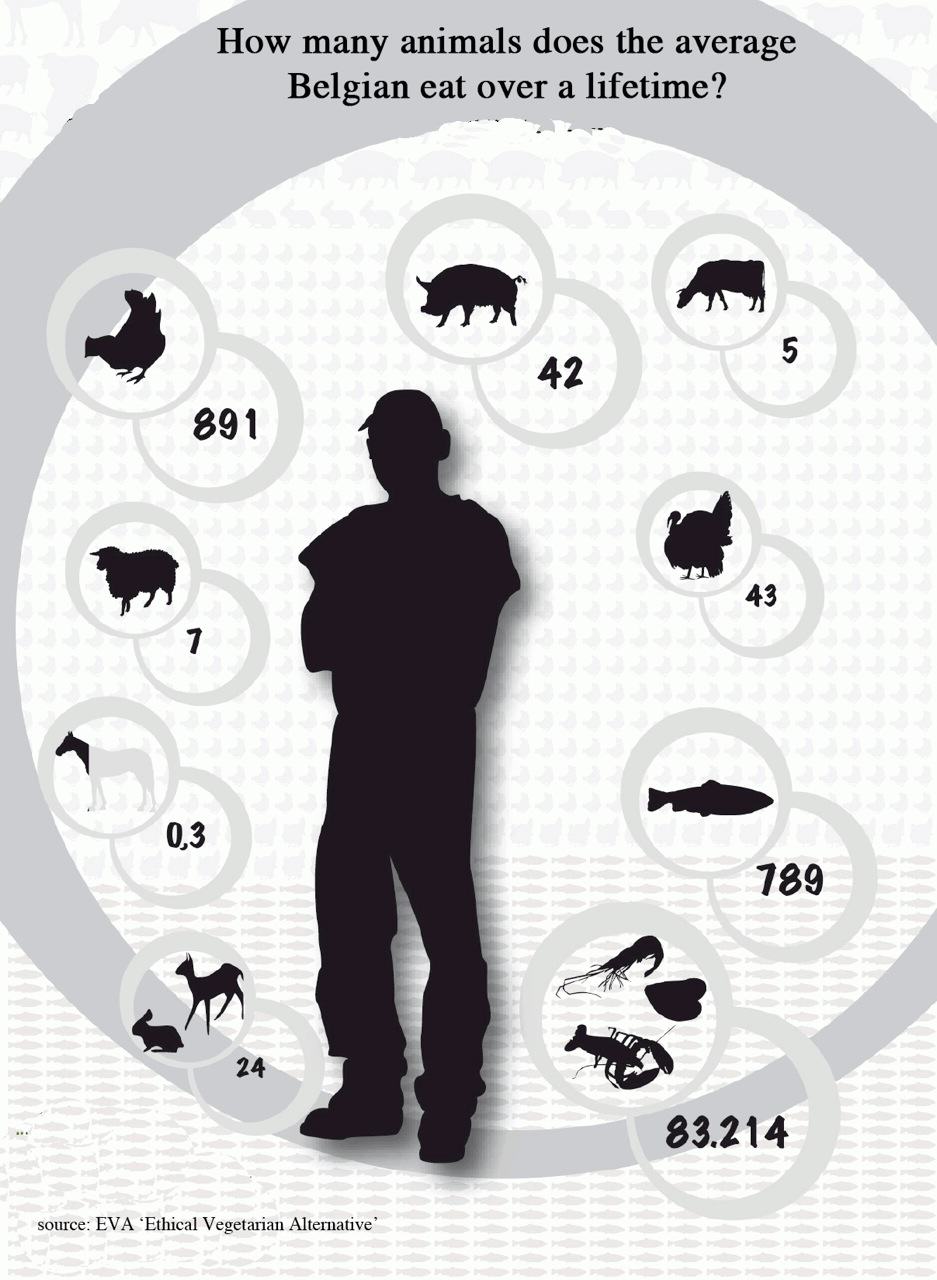Activists in Europe and North America claim that it is “unethical” to use animals for fur. In this post I…
Read More
Activists in Europe and North America claim that it is “unethical” to use animals for fur. In this post I would like to explore this question of ethics, using farmed mink as an example.
Some would say that, from the perspective of the animal, it really doesn’t matter what it will be used for. What matters for the animal are the conditions in which it is raised and the way in which it is slaughtered.
Others insist that breeding animals for fur cannot be compared with raising them for meat, as the latter is a necessity and the former a superfluous luxury.
I think that both positions are oversimplifications. To stop with either of these arguments is a form of intellectual laziness or, more often, an easy way to win a debate against someone who has not thought very deeply about these issues.
To understand why I say this, try the following mind experiment: Would you agree to raise dogs (in the best of conditions, of course) for the sole purpose of killing their puppies (painlessly) soon after birth, because someone was ready to pay you to do so? Similarly, most of us would probably be shocked to learn that someone was buying art, just to destroy it. And here there would not even be any question of suffering.
These two examples show that the purpose of our actions does play a role in our determination of what is ethical.
I believe that a more honest way to think about the ethics of animal use is to consider the following two parameters or axes:
• the first (“x”) axis would indicate the welfare (or harm) caused by the way the animal is raised and killed;
• a second (“y”) axis would indicate the necessity or value of the resulting product or service.
Note: a third axis could plot environmental impact of the activity, but let’s leave that aside for now.
Some animal activists seem to agree with my idea. The Party for the Animals, in the Netherlands, for example, states in its guiding principles: “Any form of handling and use of animals should be justified by a careful weighing of the seriousness of the human interests involved on the one hand and the consequences for the animal on the other. The less necessary the human interest is and the more damaging the consequences for the animals are, the more this reduces the moral justification to harm the animals’ welfare.”
For those who remember their college philosophy classes, this is a typical “utilitarian” argument; the benefit must outweigh the costs.
When we plot mink farming on our two-axes model, the results will surprise most people.
On the welfare (“x”) axis, mink farming scores very well. Studies have repeatedly shown that mink are healthy and unstressed on mink farms; this is the only way to produce high-quality fur. The fact that mink are euthanized quickly and painlessly right in their barns is also an important welfare advantage, since transportation to distant abattoirs (to assure food safety) is recognized to be the most stressful part of the life-cycle for food animals.
But what about the “y” axis? Obviously mink fur is not a necessity. One might argue, however, that clothing is a necessity and that mink is a very durable type of clothing. As explained elsewhere in this website, fur is a natural, sustainable and long-lasting clothing material. A case can be made that a fur coat is one of the most environmentally friendly pieces of apparel you will ever own.
Furthermore, the “necessity” of meat – at least in the quantities that most of us consume -- is not as clear cut as we often assume.
About 95 % of Westerners use animal products on a daily basis. In my country, Belgium, the average person eats more than 1,800 animals in a lifetime (and that is without counting fish and shellfish, which would hugely increase the count.) The equivalent number for the USA is between 2,200 and 2,400 animals (again excluding seafood). Most of these animals are poultry, as chickens provides many less servings per life than a larger animal. By some estimates, chickens make up 90% to 95% of the animals we eat.
Many nutritionists now believe that the average person needs as little as 200 grams of meat per week to remain healthy. The average US citizen currently consumes between 10 and 15 times that amount. We are not saying here who is “right” or “wrong”. We are noting that there is a wide range of opinion on this question. But whatever the ideal consumption level might be to maintain health, it seems clear that we eat as much meat as we do because we like it. It is an emotional, cultural and personal choice, not a “necessity”.
Following this logic, it is clear that much of our current meat consumption could be considered to be just as “unnecessary” as mink fur.
More to the point, the concept of “necessary” and “unnecessary” goods or services appear to be culturally defined and therefore are subject to personal choices.
It is interesting to note that even philosopher Peter Singer, the father of the modern animal-rights movement, stated in his landmark book “Animal Liberation” that it is hypocritical to criticize the seal hunt or the fur trade while most people are eating meat every day.
It seems that animal activists have no real justification for their claims that it is “unethical” to wear fur.








